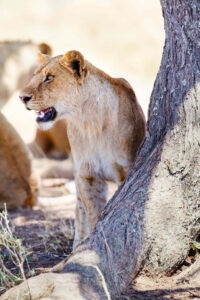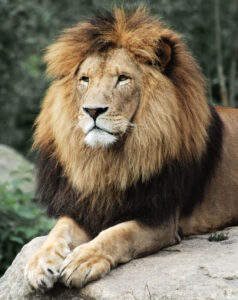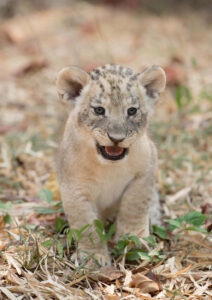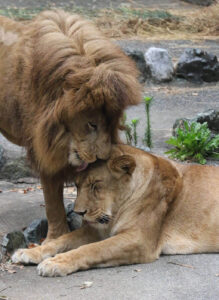The majestic lion, often referred to as the "King of the Jungle", is a symbol of strength and power. But have you ever wondered what sustains this powerful creature? What does a lion eat to maintain its strength and rule its kingdom? Let's delve into the dietary habits of lions and uncover the secrets of their predatory nature.
Key Takeaways
- Lions are carnivorous and primarily eat meat.
- They are opportunistic hunters and scavengers.
- Lions can eat up to 15% of their body weight in a single meal.
- Lionesses do most of the hunting, but males often eat first.
- Lions have a diverse diet, including antelopes, buffaloes, zebras, and even young elephants.
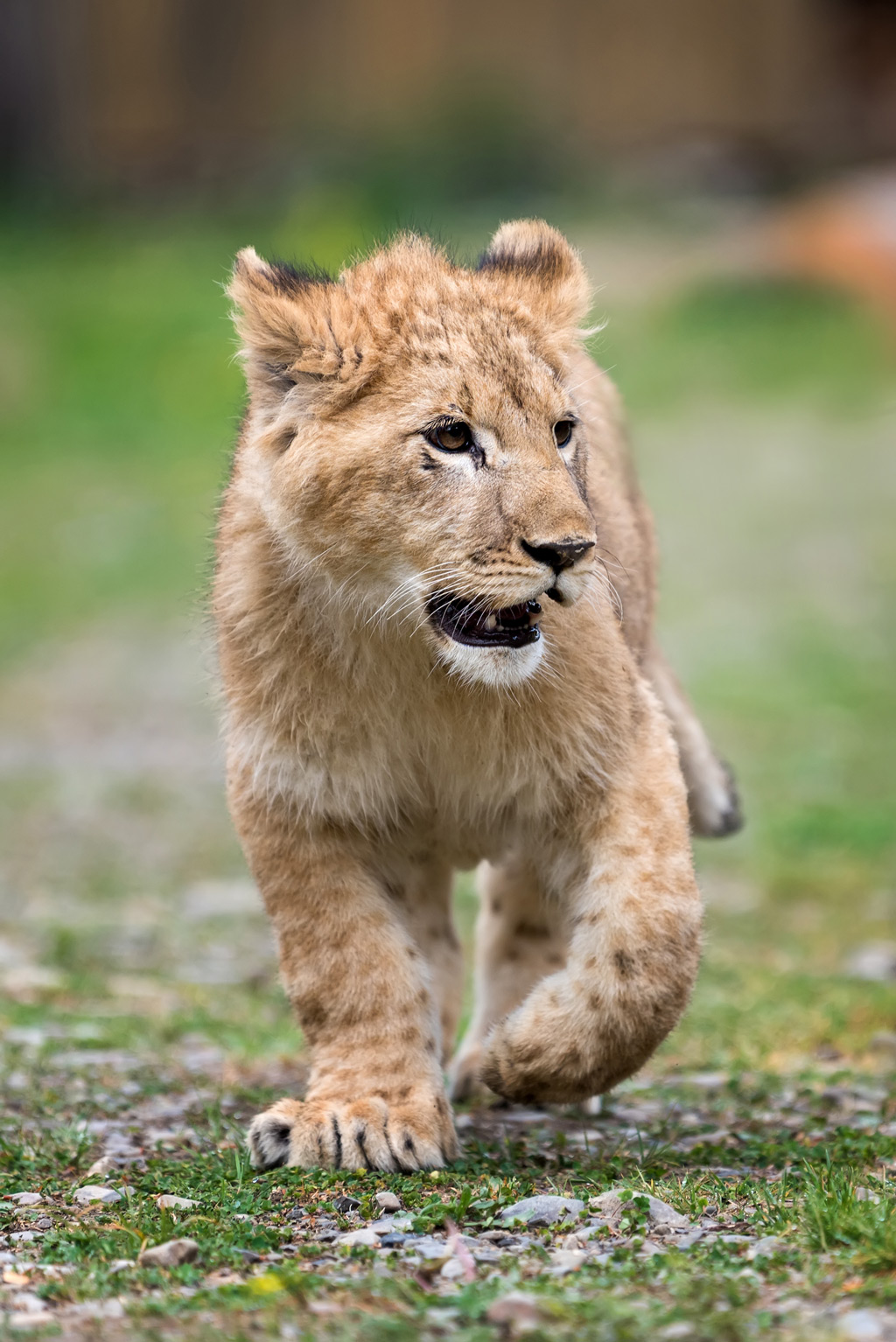
Dietary Habits of Lions
Lions are carnivores, which means their diet primarily consists of meat. They are opportunistic hunters and scavengers, meaning they can eat a wide range of animals and are not picky about their food sources.
Prey Selection
Lions have a diverse menu. They eat many different kinds of animals, known as prey. Some of the animals that lions commonly consume include:
- Antelopes
- Buffaloes
- Zebras
- Young Elephants
- Rhinos
- Hippos
- Warthogs
- Crocodiles
- Giraffes
Lions are not just limited to these animals. They are highly opportunistic and can catch and eat anything from mice to elephants and everything in between. However, they primarily eat animals that are about their own size or bigger.
Hunting Techniques
Lions can't run very fast. With a maximum speed of 60 kilometres per hour, compared to a cheetah’s 97kph, they are relatively slow. Plus, they can't run for very long without getting out of breath. Because of this, lions need to be clever hunters. They often stalk their prey, getting as close as possible before initiating the chase. By crouching near the ground and moving stealthily, they can approach their victims without being detected.
When hunting smaller animals, lions often use a technique called ankle-tapping. They clip an animal’s ankle from behind while it's walking or running, aiming to trip it up and make it easier to catch. Larger animals, on the other hand, are brought down by jumping on their backs. This is when the bigger, stronger male lions often join the hunt.
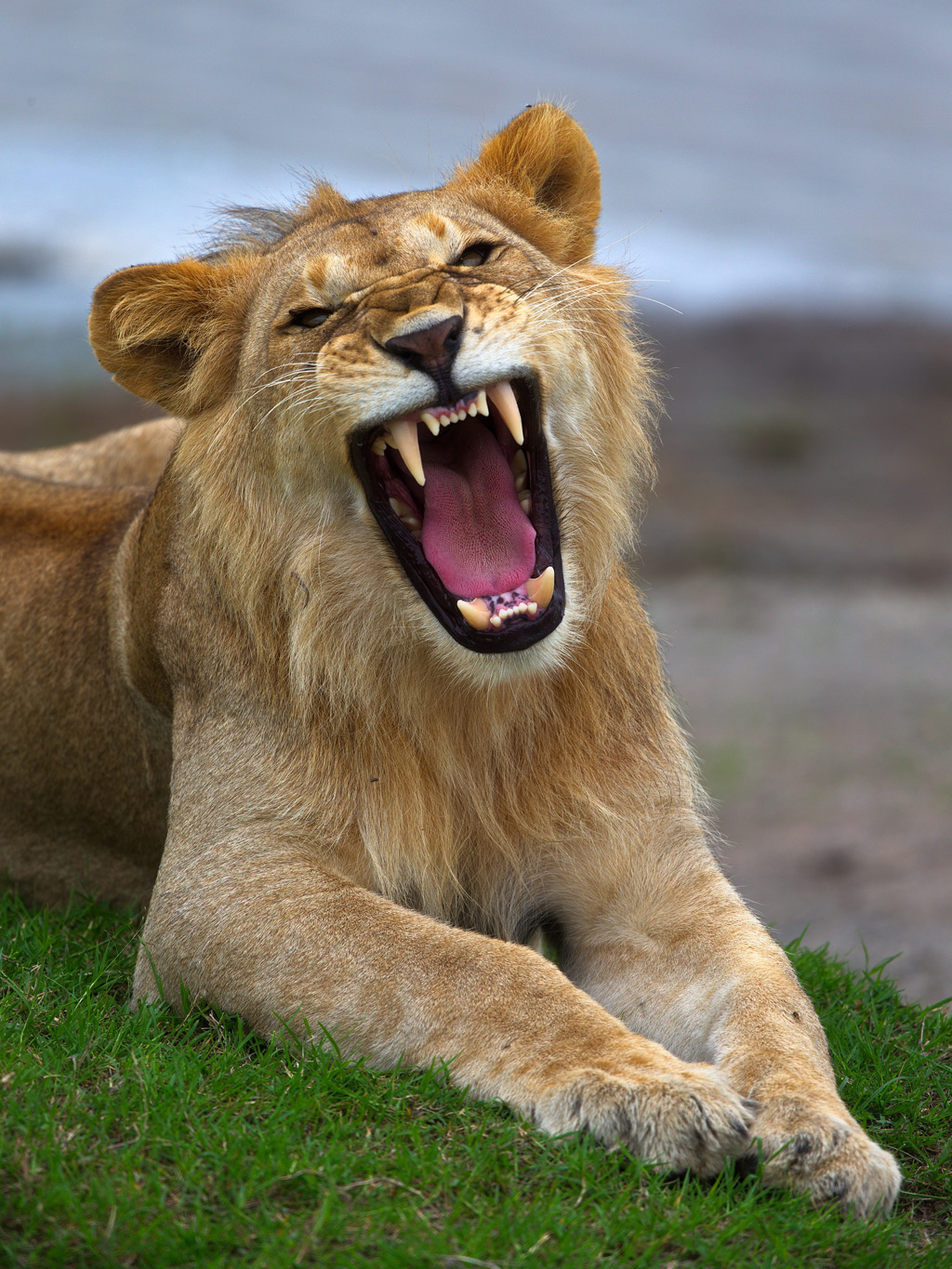
Lions also hunt in groups, making their hunting expeditions more successful. Each lion in the group has a specific role, similar to positions in a football team. They can choose to be in a left, right, or centre position. If stalking becomes too challenging, a group of lions may decide to ambush their prey. By running quickly at an animal, they force it to run towards other lions or into bushes, where it gets trapped.
Hunting in Groups
Although lionesses do most of the hunting, it's the males that often eat first. Lions are good at working together to catch their prey, but they are not so good at sharing. They can be quite aggressive when it comes to food, and often, smaller, weaker lions go without eating.
Lions are also scavengers and will happily steal food from other animals or eat leftovers after a kill. They often bully other carnivores into giving up their meal. However, this tactic doesn't always work with hyenas, who also live in family groups called clans. If there are more hyenas than lions, the hyenas often get to keep their food. But even the largest clan of hyenas is no match for a male lion. The King of the Jungle always wins!
Water Sources
Lions don't usually drink a lot of water. However, they often choose to live near rivers, streams, and waterholes. This is not primarily because they are thirsty, but because they know that prey animals will come to these water sources to drink. They can lay patiently in wait until it's time for their meal. Areas with a lot of water often flood, so lions sometimes have to jump in to catch their food. Swimming is good exercise, and these lions are often very muscular, much like Olympic swimmers.
Lion Behavior and Hunting Techniques
Lions, often revered as the kings of the jungle, have a fearsome reputation that places them near the top of the food chain. Their hunting prowess and behavior are subjects of fascination for many. Let's delve deeper into how these magnificent creatures hunt and sustain themselves in the wild.
Roles within the Pride
Just like most social mammals, lions have specific roles within their prides. A typical pride consists of a group of lionesses, a few younger cubs, and the dominant male lion. While the male lion is seen as the protector of the pride, warding off potential threats, it's the lionesses that are the primary hunters.
Lionesses: The Primary Hunters
Contrary to popular belief, lionesses, though physically smaller than male lions, are the main hunters of the pride. They can be up to 30% faster, reaching top speeds of up to 45 mph. Their slim bodies allow them to stay hidden in the grass for longer, giving them a stealth advantage. Moreover, lionesses often hunt in packs, strategically surrounding their prey, which significantly increases their chances of a successful hunt.
Hunting Techniques
Lions employ two main methods to hunt their prey:
- Stalking: This is the primary way lions hunt. They stay hidden for as long as possible while they approach their prey. Once the prey notices the approaching lion, a chase ensues. The lion will then use its powerful claws to maul its prey, often aiming to crush the neck, leaving the prey paralyzed.
- Direct Confrontation: This method involves both the male lion and the lionesses. There's no hiding or stalking involved. They target larger prey and corner it. The outcome of the hunt in this scenario is determined by the weight, strength, and bravery of the lion.
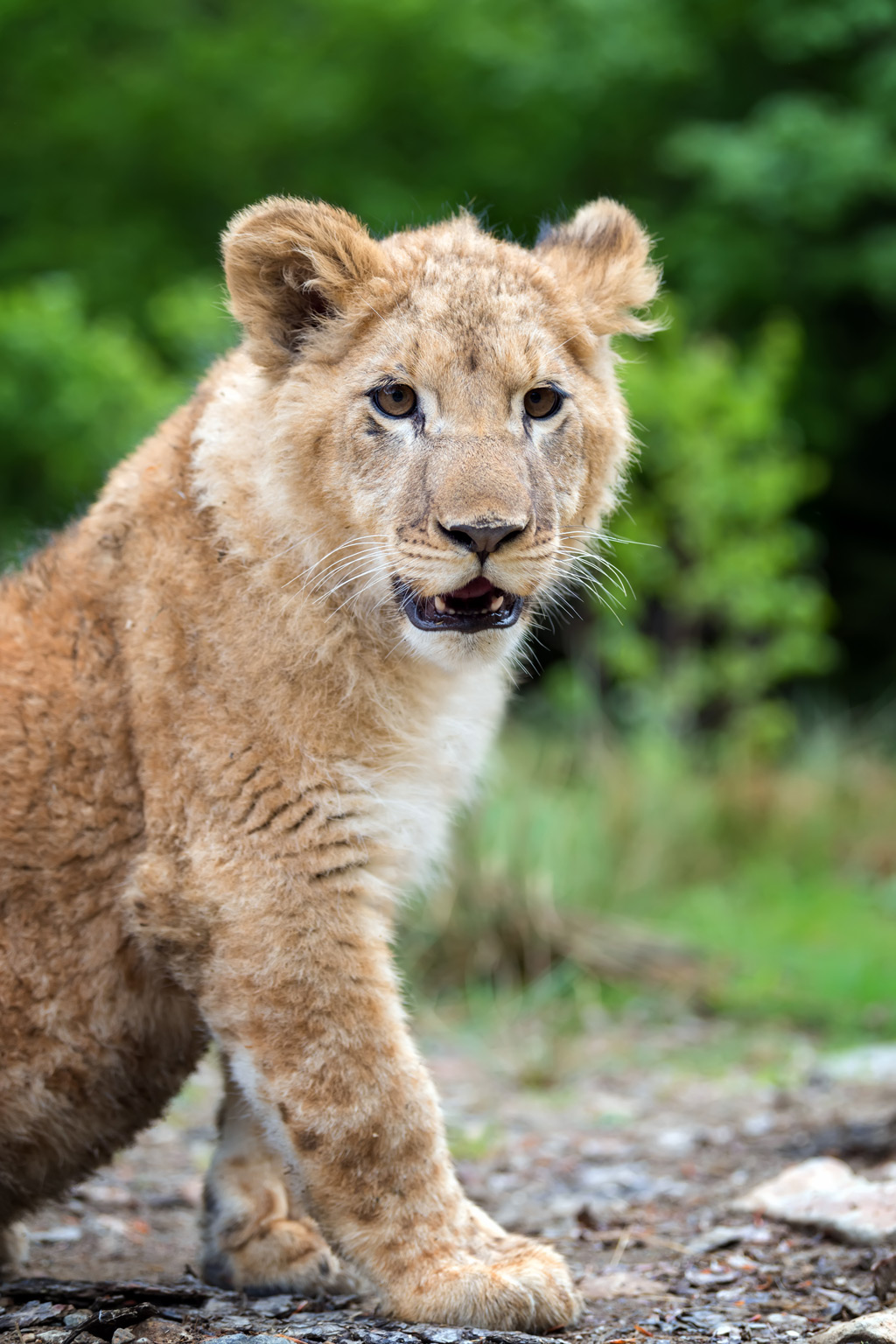
Lions are not just hunters; they are also strategic thinkers. Their hunting methods showcase their intelligence, teamwork, and adaptability in the wild.
External Resources:
- How Lions Hunt Their Prey – Taman Safari Bali
- Predatory Behaviour – Lion Hunting | ALERT
- How Do Lions Hunt and Kill Their Prey? – Owlcation
Frequently Asked Questions
Why are lionesses the primary hunters and not male lions?
Lionesses are faster and more agile than male lions. Their slim bodies allow them to stay hidden for longer, giving them a stealth advantage during hunts.
How fast can a lioness run?
A lioness can reach top speeds of up to 45 mph, making them 30% faster than male lions.
Do lions always succeed in their hunts?
No, lions don't always succeed. Their success rate varies based on several factors, including the size and type of prey, the hunting method used, and the terrain.

